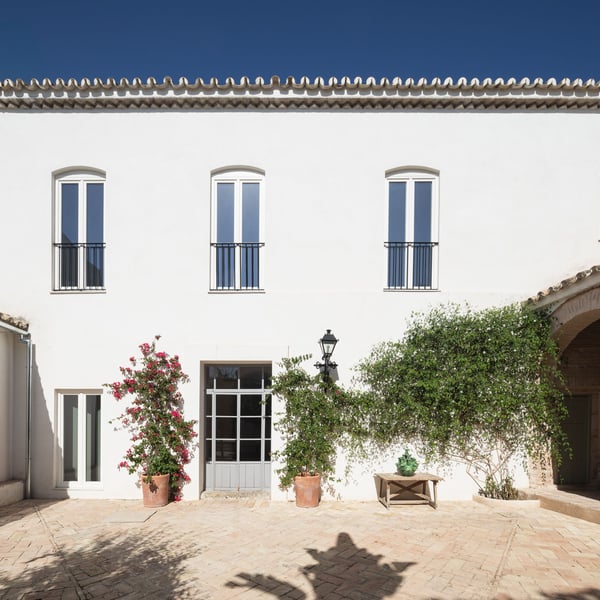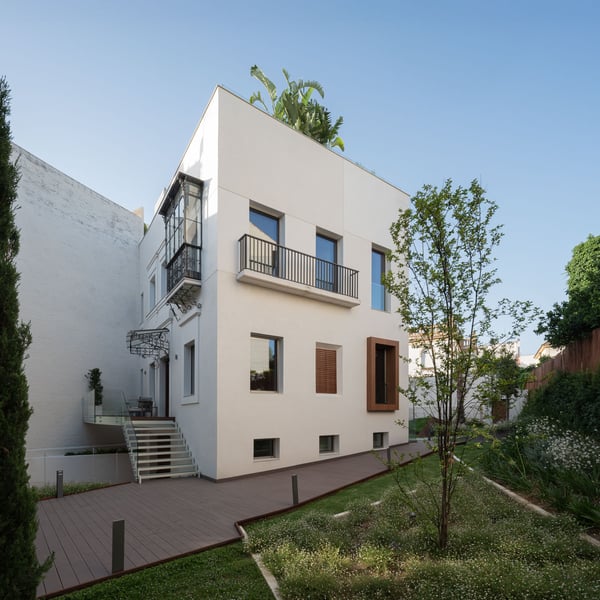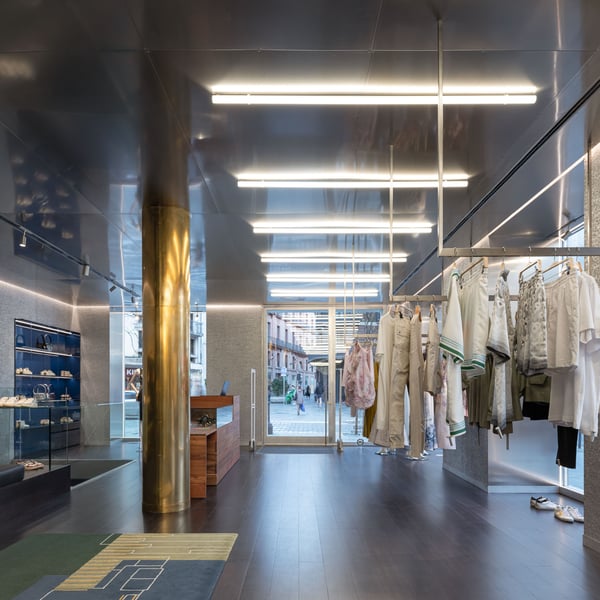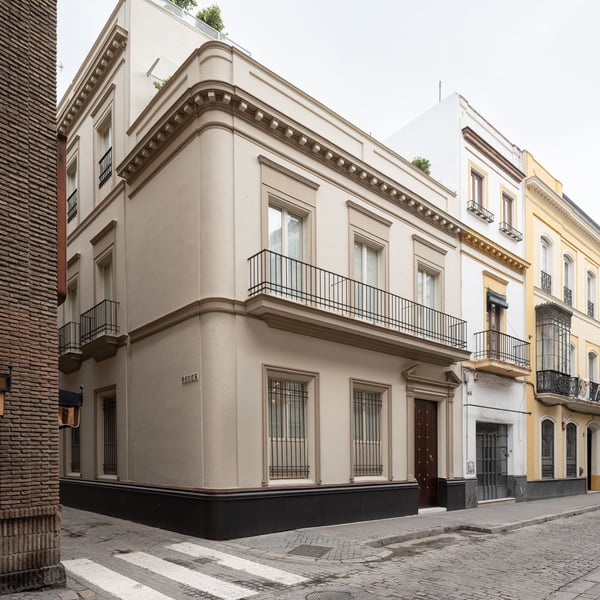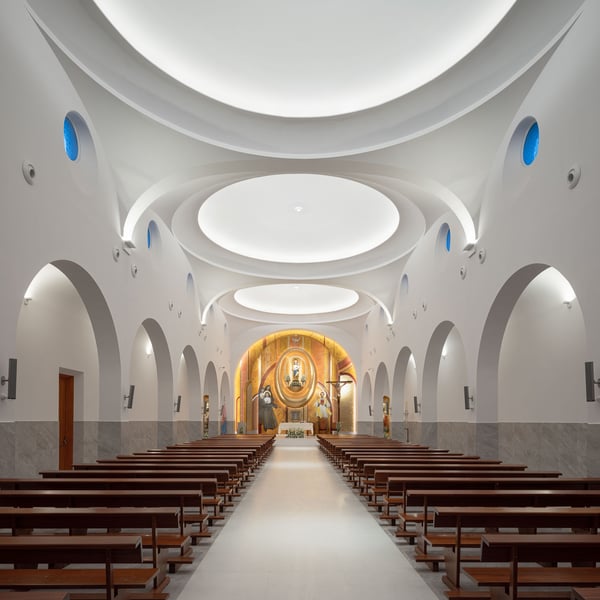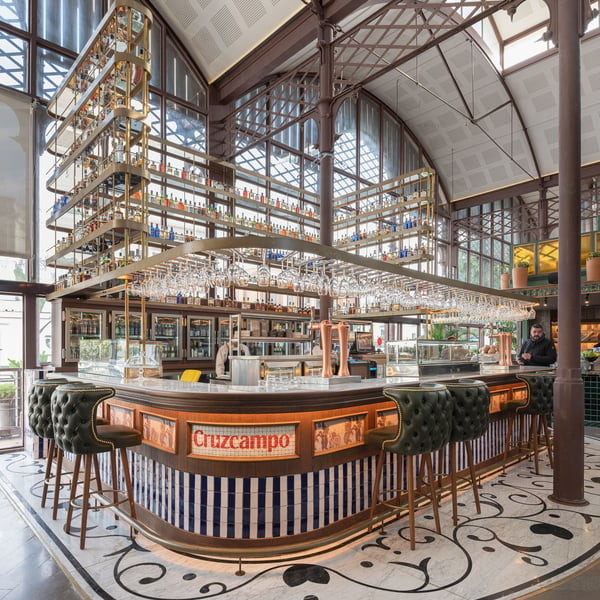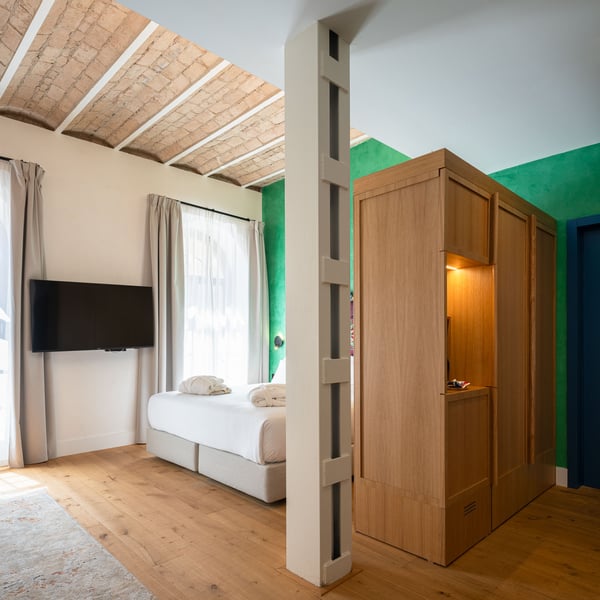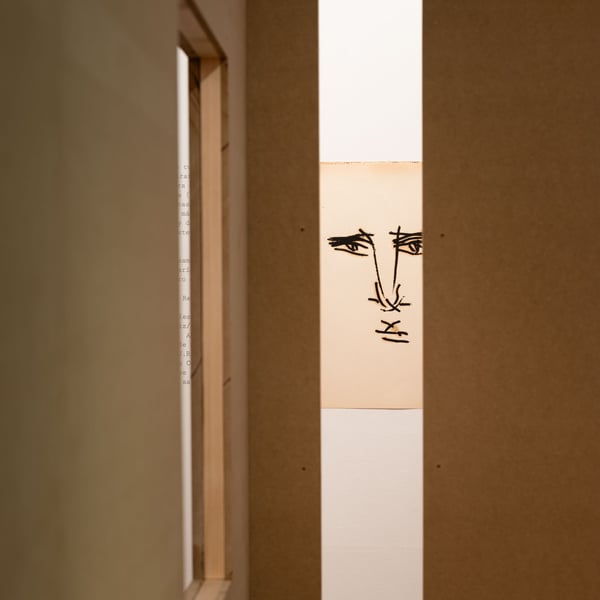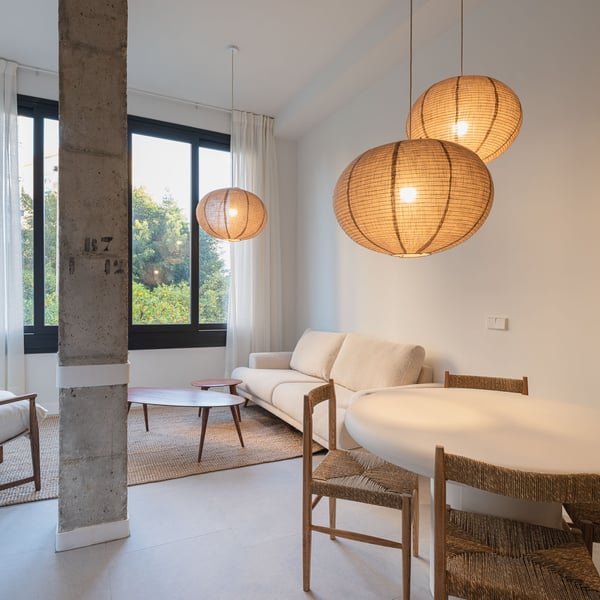.
Architecture
 Ref: 9604_01
Ref: 9604_01  Ref: 9604_02
Ref: 9604_02  Ref: 9604_03
Ref: 9604_03  Ref: 9604_04
Ref: 9604_04  Ref: 9604_05
Ref: 9604_05  Ref: 9604_06
Ref: 9604_06  Ref: 9604_07
Ref: 9604_07  Ref: 9604_08
Ref: 9604_08  Ref: 9604_09
Ref: 9604_09  Ref: 9604_10
Ref: 9604_10  Ref: 9604_11
Ref: 9604_11  Ref: 9604_12
Ref: 9604_12  Ref: 9604_13
Ref: 9604_13  Ref: 9604_14
Ref: 9604_14  Ref: 9604_15
Ref: 9604_15  Ref: 9604_16
Ref: 9604_16  Ref: 9604_17
Ref: 9604_17  Ref: 9604_18
Ref: 9604_18  Ref: 9604_19
Ref: 9604_19  Ref: 9604_20
Ref: 9604_20  Ref: 9604_21
Ref: 9604_21  Ref: 9604_22
Ref: 9604_22  Ref: 9604_23
Ref: 9604_23  Ref: 9604_24
Ref: 9604_24  Ref: 9604_25
Ref: 9604_25  Ref: 9604_26
Ref: 9604_26  Ref: 9604_27
Ref: 9604_27  Ref: 9604_28
Ref: 9604_28  Ref: 9604_29
Ref: 9604_29  Ref: 9604_30
Ref: 9604_30  Ref: 9604_31
Ref: 9604_31  Ref: 9604_32
Ref: 9604_32  Ref: 9604_33
Ref: 9604_33  Ref: 9604_34
Ref: 9604_34  Ref: 9604_35
Ref: 9604_35  Ref: 9604_36
Ref: 9604_36  Ref: 9604_37
Ref: 9604_37  Ref: 9604_38
Ref: 9604_38  Ref: 9604_39
Ref: 9604_39  Ref: 9604_40
Ref: 9604_40  Ref: 9604_41
Ref: 9604_41  Ref: 9604_42
Ref: 9604_42  Ref: 9604_43
Ref: 9604_43  Ref: 9604_44
Ref: 9604_44  Ref: 9604_45
Ref: 9604_45  Ref: 9604_46
Ref: 9604_46  Ref: 9604_47
Ref: 9604_47  Ref: 9604_48
Ref: 9604_48  Ref: 9604_49
Ref: 9604_49  Ref: 9604_50
Ref: 9604_50  Ref: 9604_51
Ref: 9604_51  Ref: 9604_52
Ref: 9604_52  Ref: 9604_53
Ref: 9604_53  Ref: 9604_54
Ref: 9604_54  Ref: 9604_55
Ref: 9604_55  Ref: 9604_56
Ref: 9604_56  Ref: 9604_57
Ref: 9604_57  Ref: 9604_58
Ref: 9604_58  Ref: 9604_59
Ref: 9604_59  Ref: 9604_60
Ref: 9604_60  Ref: 9604_61
Ref: 9604_61  Ref: 9604_62
Ref: 9604_62  Ref: 9604_63
Ref: 9604_63  Ref: 9604_64
Ref: 9604_64  Ref: 9604_65
Ref: 9604_65  Ref: 9604_66
Ref: 9604_66  Ref: 9604_67
Ref: 9604_67  Ref: 9604_68
Ref: 9604_68  Ref: 9604_69
Ref: 9604_69  Ref: 9604_70
Ref: 9604_70  Ref: 9604_71
Ref: 9604_71  Ref: 9604_72
Ref: 9604_72  Ref: 9604_73
Ref: 9604_73  Ref: 9604_74
Ref: 9604_74  Ref: 9604_75
Ref: 9604_75  Ref: 9604_76
Ref: 9604_76  Ref: 9604_77
Ref: 9604_77  Ref: 9604_78
Ref: 9604_78  Ref: 9604_79
Ref: 9604_79 Promoter
Instituto Andaluz del Patrimonio Histórico. Consejería de Turismo, Cultura y Deporte. Junta de Andalucía
Builder
HERMANOS CAMPANO S.L. - Jefa de Obra: Macarena Ocaña.
Collaborators
Arquitecto técnico: Víctor Baztán Cascales
Arquitectos colaboradores:
Mercedes Sánchez González, Olga Valderas Grisalvo, Celia Jiménez Bellido, Jacinto Pérez-Elliott Fernández
Estructuras: Pedro Lobato Vida
Providers
Instalaciones: ESTIN Adviser SL.
The Lego Cloister is located in the southern sector of the Monastery of Santa María de las Cuevas, specifically in the so-called Factory Area, current headquarters of the Andalusian Institute of Historical Heritage. In the 1990s, with the impetus of the Universal Exhibition of 1992, the Monastery was the subject of an ambitious
program of actions aimed at its recovery, with the architect Guillermo Vázquez Consuegra intervening in the organization of this sector of the complex. However, the rehabilitation of the specific area of
the old cloister was not undertaken in its entirety, remaining since then as a disjointed void
with imprecise boundaries where archaeological remains and other monastic and
industrial preexistences coexisted. The objective of the commission was to organize this sector and build a versatile exhibition hall,
of predetermined dimensions and technical characteristics, mainly intended for the presentation of
works of different formats restored in the facilities of the Andalusian Institute of Historical Heritage. Likewise, the project includes the fitting out of a vaulted historical hall that closes the complex on its northern side and that would provide a permanent complementary exhibition function.
The proposal is based on the construction of a single floor plan that takes on various forms to contextualize and link the different buildings, extending towards the cloister courtyard to protect the archaeological remains that are still preserved. This new platform - which will be used for cultural activities - cuts its boundaries at a measured distance from the old Lego cells and the western arcade, freeing up a strip where the remains of original pavements and other archaeological structures are displayed.
The new pavilion is presented as an articulation element between the different areas that the floor plan draws. A prismatic volume of simple geometry is projected that is related in scale and materiality to the existing buildings, occupying a central position on the floor plan in memory of the wall that originally delimited the eastern front of the Lego Cloister. Towards the cloister, its section is staggered
to outline a covered passage, as a reflection of the archway or ambulatory that is still preserved on the
western front. A gesture that directs attention towards its smaller ends, north and south, where, in the
second plane, the entrances and the openings that register the interior space are located. The access of large
pieces to the pavilion is resolved through a glass door on its north front that introduces the profile of the
Monastery and the sequence of large bottle chimneys of the Pickman Factory. Inside, the room
receives permanent and adjustable natural lighting, both overhead and through other smaller
openings strategically arranged to allow the exchange of glances with the lay cells and
other pre-existing factories. The new building approaches -without touching it- the northern body that closes the cloister, leading the visitor to the vaulted room, a unique space in the monastery that was in a precarious state of conservation and is now incorporated into the intervention. The restoration carried out preserves and consolidates, using archaeological criteria, the original coverings in coexistence with lime mortars in neutral tones, trying to maintain a balance in the unitary perception of space. The treatment in natural stone of the pavement -under which the installations run- shows punctually the discovery in the subsoil of old ventilation chambers and atanos. A complementary relationship is proposed between
both rooms: the vaulted one, of undoubted historical value, although with more restrictive spatial and material conditions, and the new one, more capable, flexible and versatile both for exhibitions and for other types of events.
Restoration of a historic house in San Juan
Sevilla
Casa Girada
Sevilla
ALFALFA Apartment Building
Sevilla
MKR Store in La Campana
Sevilla
A House in Alfonso XII
Sevilla
María Auxiliadora Church in Nervión
Sevilla
Mercado del Barranco en Sevilla
Sevilla
Hotel Cavalta
Sevilla
Juan Suárez, un índice
Sevilla
Abauco Nervión Show Apartment
Sevilla
